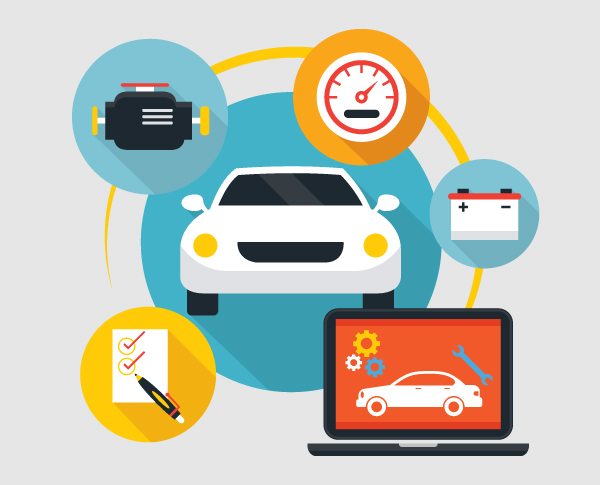
When it comes to health, many say that prevention is the best cure, and the same could be said about car maintenance. Sure, you probably take your vehicle for its 10,000 or 15,000 kilometre scheduled maintenance, but giving your car a monthly “once-over” can help you to identify problems before they become expensive breakdowns. The six areas of your car that you should check can be remembered through the acronym “FLOWER”—Fuel, lights, oil, water, electrics, and rubber. The check should take no-more than 15 minutes and should be conducted before any out-of-town trips or once monthly. –[email protected]
1. Fuel
Check your fuel levels and see if your gas mileage seems to be getting worse, as it could indicate that it is time for a filter change or other scheduled maintenance.
2. Lights
Clean and check your exterior and interior lights, look for cracks, dimming lights, and blown bulbs.
3. Oil
Running low on oil can seriously damage your engine, and checking the levels is as easy as grabbing a rag, pulling out the dip stick, wiping it clean, re-inserting it, and removing it to see if the line of oil is where it should be (check your owner’s manual if you aren’t sure where this stick is located). The oil should look relatively clear and free from gunky particles. You can top-up your oil level yourself if it looks clean, but if the gunk has started to build up, it is probably time for a full-on oil and oil filter change.
4. Water
Keep your windshield wiper water tank full and check your coolant levels regularly, as in Oman’s extreme heat, it can sometimes get low merely from evaporation (rather than leaks) and when coolant is low, serious damage can occur in the overheated engine. Most cars have a clear coolant tank, so you can see if the liquid inside reaches the full line without opening it. If it looks low, add water or a 50-50 mix of water and coolant to top-it-up. If your vehicle doesn’t have a clear tank, you will need to open the radiator cap (when it is cold, never when the engine has been running). You should be able to see the liquid, if it is not visible, top it up with either just water or a 50-50 mix of water and coolant.
5. Electrics
By electrics, we mean batteries, not the hi-tech computerised systems in place in newer vehicles (they will generally tell the driver if anything is wrong with them anyways). Batteries dry quicker in Oman than in places with cooler weather, in part, because we spend most months of the year running our air conditioners. Batteries will typically last two years, but it is good to check them regularly to see if they can still hold a charge. This can be done at many petrol stations and battery shops for free (tip the guy a few baisas). But you should also visually inspect the battery regularly for cracks, corrosion, discolouration, and to make sure the connections are securely in place.
6. Rubber
A visual inspection of tyres for damage, excessive dryness, or low tread along with checking the pressure (your car’s owner’s manual will list the correct pressure for various road conditions) is an important safety check. The roads here get especially hot, causing a lot of wear-and-tear on tyres. It is better to identify damage or excessive wearing so you can change your tyres before getting a flat at high speed.